Think small dogs are easy to manage? Think again. Many people assume that tiny pups are automatically well-behaved angels, but anyone who’s lived with certain small breeds knows the truth can be far more chaotic. These pint-sized powerhouses can turn your peaceful home into a whirlwind of barking, chewing, and pure stubborn determination faster than you can say “sit.”
The reality is that some small dog breeds pack more attitude per pound than their giant cousins. Their compact size often masks personalities that would make a Great Dane seem docile. From escape artists to vocal powerhouses, these diminutive dynamos require patience, consistency, and sometimes a good sense of humor to handle effectively.
Jack Russell Terrier
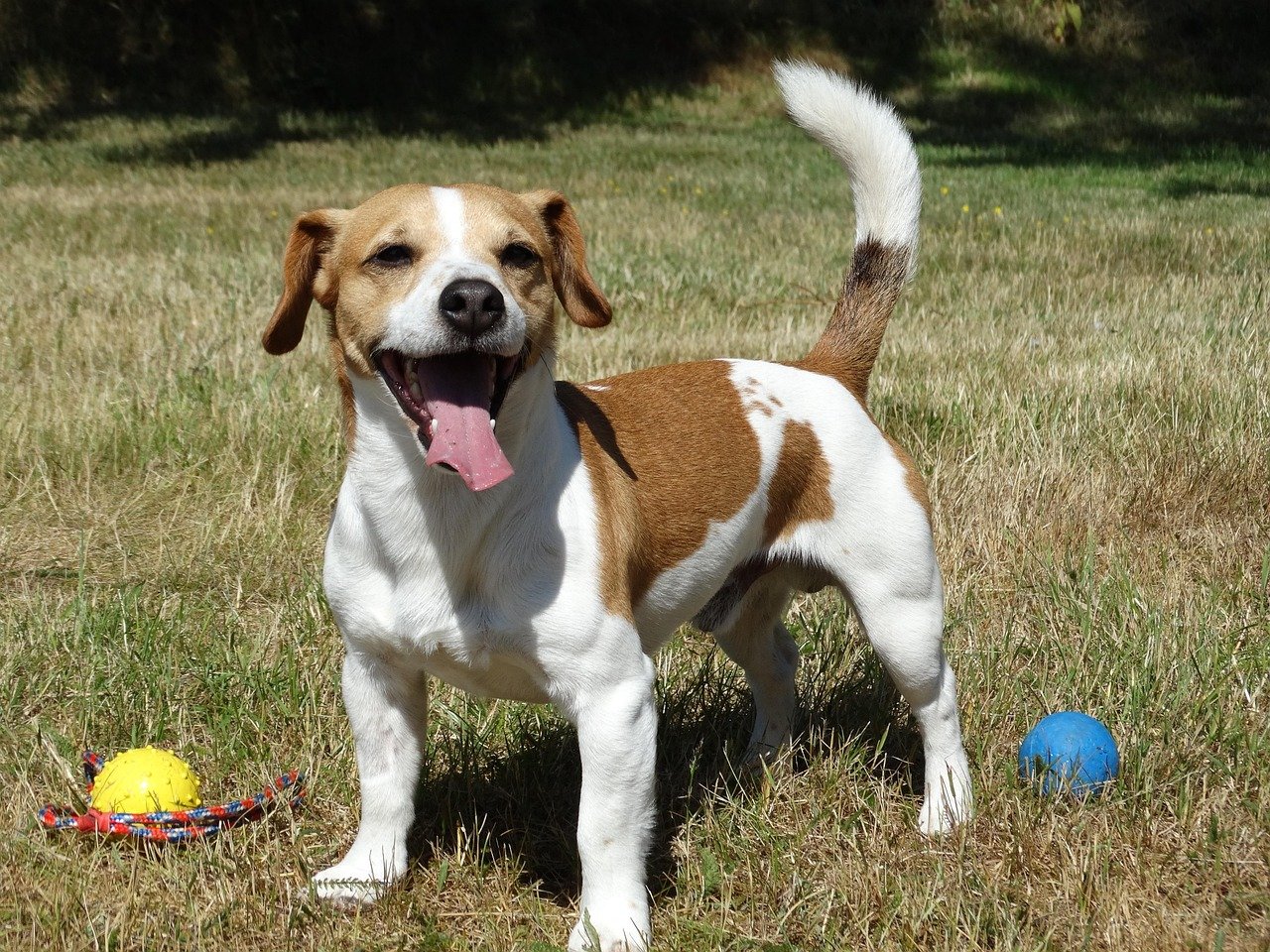
Jack Russell Terriers are like having a caffeinated tornado in your living room. These dogs were originally bred to hunt foxes, which means they possess an almost supernatural level of energy and determination that can overwhelm even experienced dog owners. Their intelligence works against you more often than not, as they quickly figure out how to outsmart your training efforts.
What makes them particularly challenging is their selective hearing combined with an independent streak that rivals any teenager. They’ll ignore your commands while simultaneously plotting their next great escape or deciding which piece of furniture deserves their attention. The moment you think you’ve got them figured out, they’ll surprise you with a new level of mischief that leaves you questioning your sanity.
Chihuahua

Chihuahuas have mastered the art of being tiny tyrants who rule their households with an iron paw. Despite weighing less than a bag of flour, these dogs possess the confidence of a lion and the temper of a spoiled celebrity. They’re notorious for developing what experts call “small dog syndrome,” where they believe they’re actually much larger and more intimidating than their physical reality suggests.
Their protective instincts are so overdeveloped that they’ll challenge everything from delivery trucks to falling leaves with equal intensity. Training a Chihuahua often feels like negotiating with a very small, very stubborn diplomat who has zero interest in compromise. They’ll choose when to obey based on their mood, the weather, and probably the alignment of the planets.
Dachshund

Dachshunds, affectionately known as “wiener dogs,” combine the hunting instincts of a predator with the stubbornness of a mule in one elongated package. Originally bred to hunt badgers in underground tunnels, these dogs retain an independent thinking style that makes them question every command you give. Their low-to-the-ground perspective seems to give them a different worldview that doesn’t always align with human expectations.
The biggest challenge with Dachshunds is their selective obedience paired with an impressive ability to hold grudges. They’ll remember if you interrupted their nap three weeks ago and factor that into their decision of whether to come when called. Their intelligence manifests as cunning rather than compliance, making training sessions feel more like chess matches than obedience classes.
Beagle

Beagles are controlled entirely by their noses, which creates a unique set of challenges for owners who naively believe they can compete with the fascinating smells of the world. These dogs were bred to follow scent trails for miles, which translates into modern life as complete deafness to human commands when something interesting catches their attention. Their friendly demeanor masks a single-minded determination that can be both endearing and infuriating.
The moment a Beagle picks up an interesting scent, your existence becomes secondary to their investigative mission. They’ll drag you through mud, ignore traffic, and tunnel under fences with the dedication of a detective solving the crime of the century. Training them requires understanding that you’re essentially competing with their biological programming, and most days, biology wins.
Pomeranian
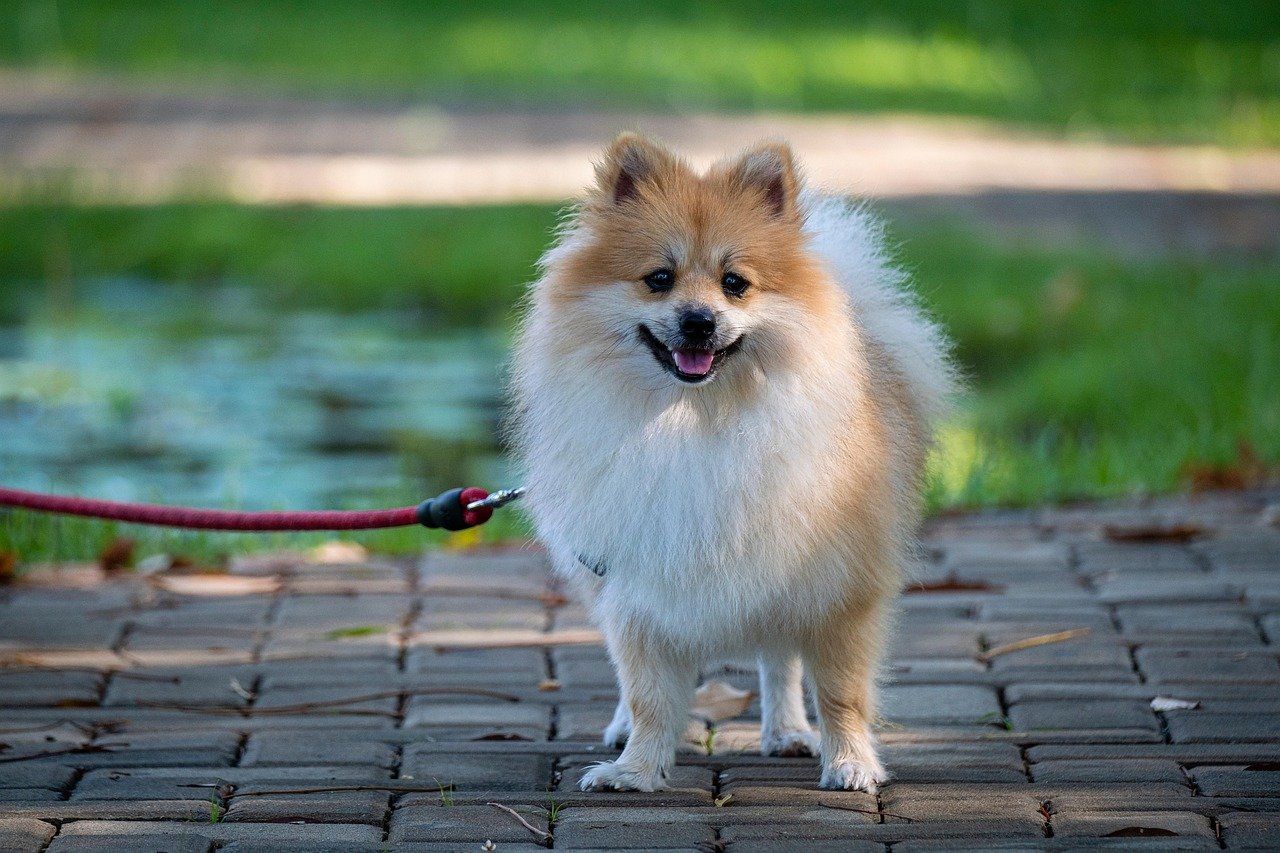
Pomeranians are fluffy balls of attitude wrapped in deceptively adorable packaging. These dogs seem to believe they’re much larger than their actual size suggests, leading to behavior that ranges from comically bold to genuinely problematic. Their vocal nature means they’ll provide commentary on everything from the mailman’s arrival to the audacity of leaves moving in the wind.
What makes Pomeranians particularly challenging is their tendency to become little dictators who train their owners rather than the other way around. They’re masters of manipulation, using their cute factor to avoid consequences and get their way. Their intelligence combined with their independent nature creates a perfect storm of selective obedience that keeps owners constantly on their toes.
Yorkshire Terrier
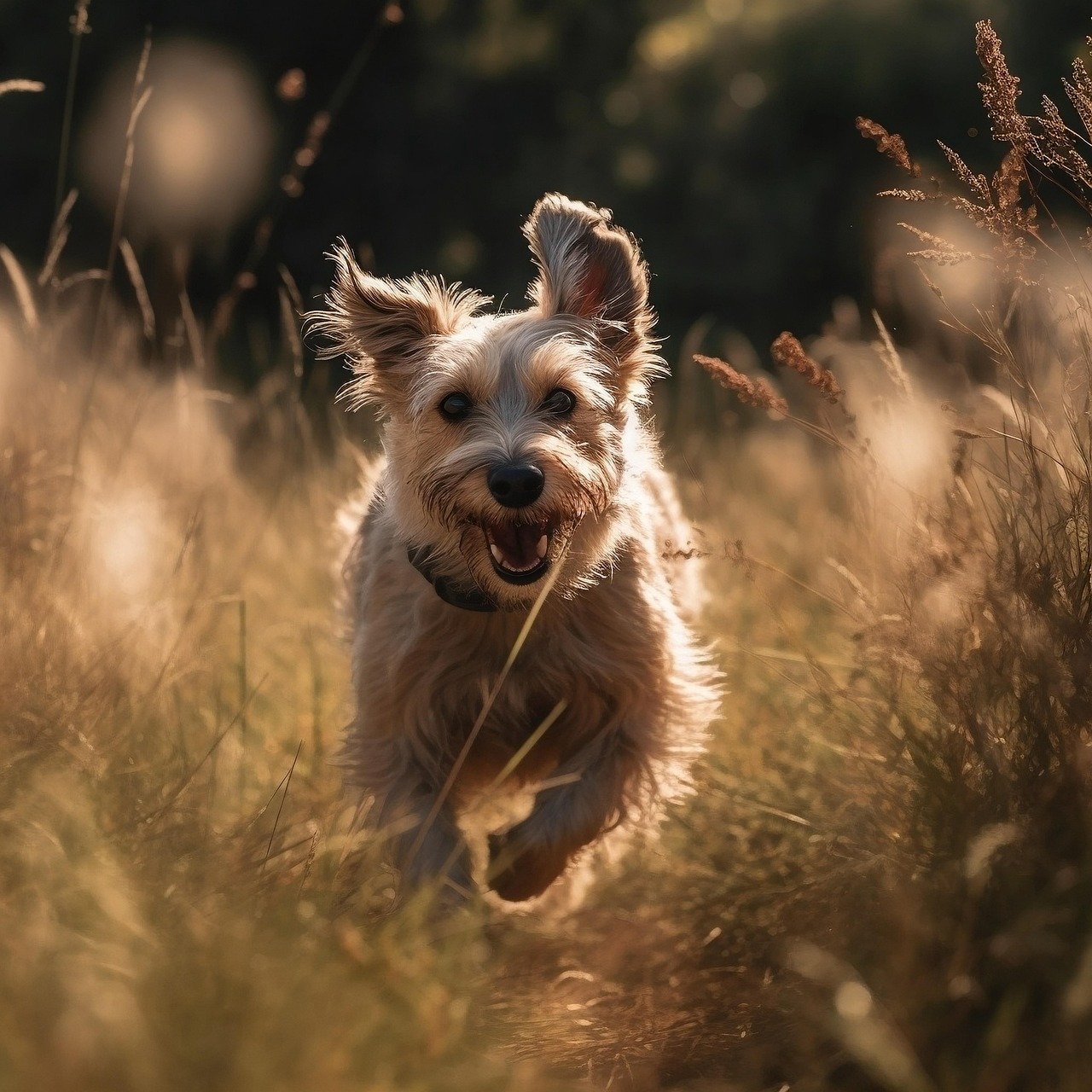
Yorkshire Terriers pack enormous personalities into packages small enough to fit in a purse, which often creates owners who inadvertently enable bad behavior. These dogs have no concept of their actual size and will fearlessly confront dogs ten times their weight with the confidence of a heavyweight champion. Their terrier heritage means they’re naturally inclined to be independent thinkers who question authority at every turn.
The challenge with Yorkies lies in their ability to be simultaneously charming and infuriating within the same five-minute period. They’ll melt your heart with adorable antics, then immediately test your patience by ignoring basic commands or engaging in destructive behavior. Their small size often leads to inconsistent training, as owners find it harder to be firm with something so tiny and cute.
Boston Terrier
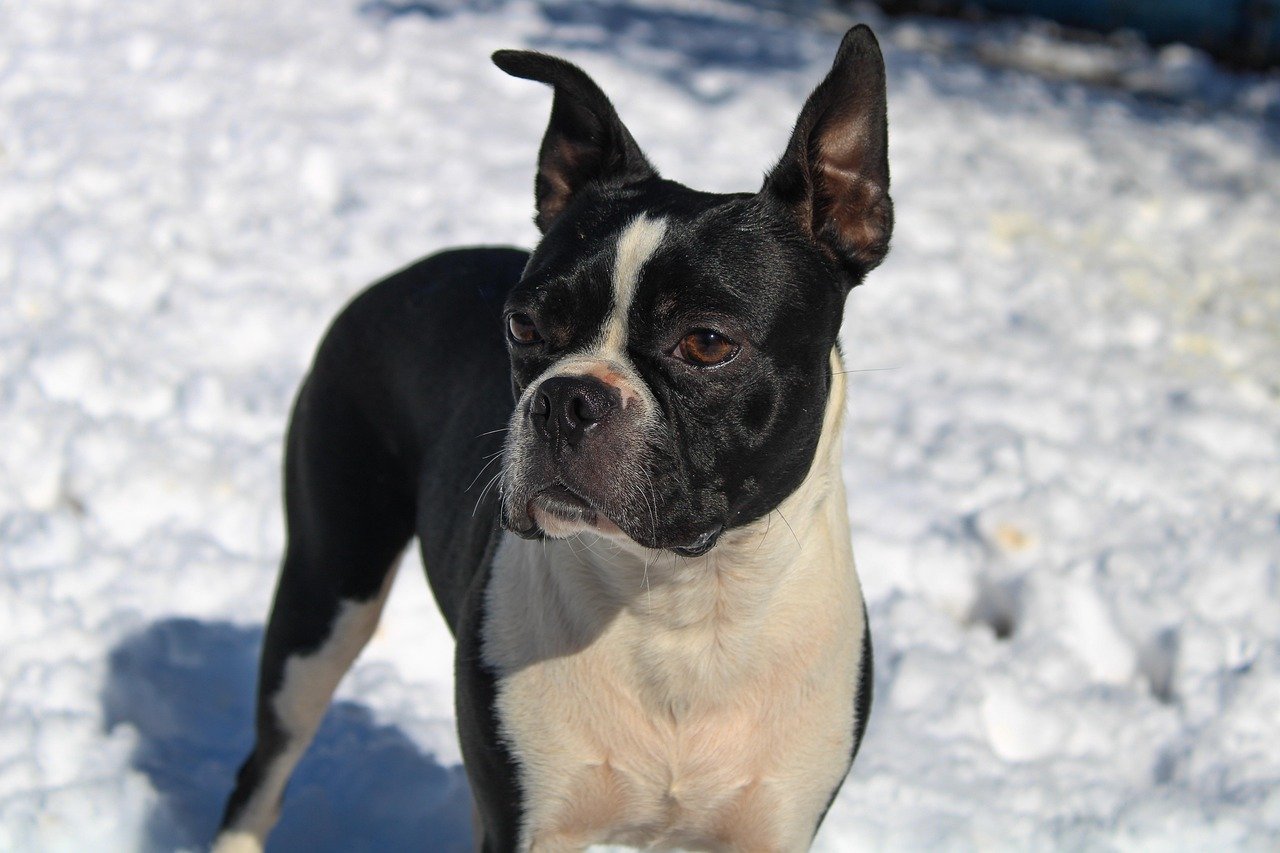
Boston Terriers are like having a court jester with ADHD as your constant companion. These dogs are incredibly intelligent and eager to please, but their high energy levels and mischievous nature can make training feel like trying to teach calculus to a sugar-rushed toddler. They’re masters of finding creative ways to get into trouble, often turning simple tasks into elaborate adventures.
Their stubborn streak emerges most prominently when they decide they know better than you do, which happens more frequently than any owner would prefer. Boston Terriers will test boundaries with the persistence of a scientist conducting experiments, always looking for loopholes in your rules. Their expressive faces make it clear they understand exactly what you want – they just choose to interpret commands as mere suggestions.
Shih Tzu

Shih Tzus were bred to be companions for Chinese royalty, and they’ve never forgotten their aristocratic heritage. These dogs approach training with the attitude of nobility who find the entire process beneath their dignity. They’ll participate in obedience exercises when they feel like it, but they expect treats, praise, and probably a red carpet for their efforts.
The real challenge with Shih Tzus is their mastery of passive resistance combined with an inability to see why they should do anything quickly. They move through life at their own pace, completely unbothered by human schedules or urgency. Their independent thinking means they’ll evaluate each command and decide whether it’s worth their royal attention, often concluding that their comfort takes precedence over your expectations.
Maltese
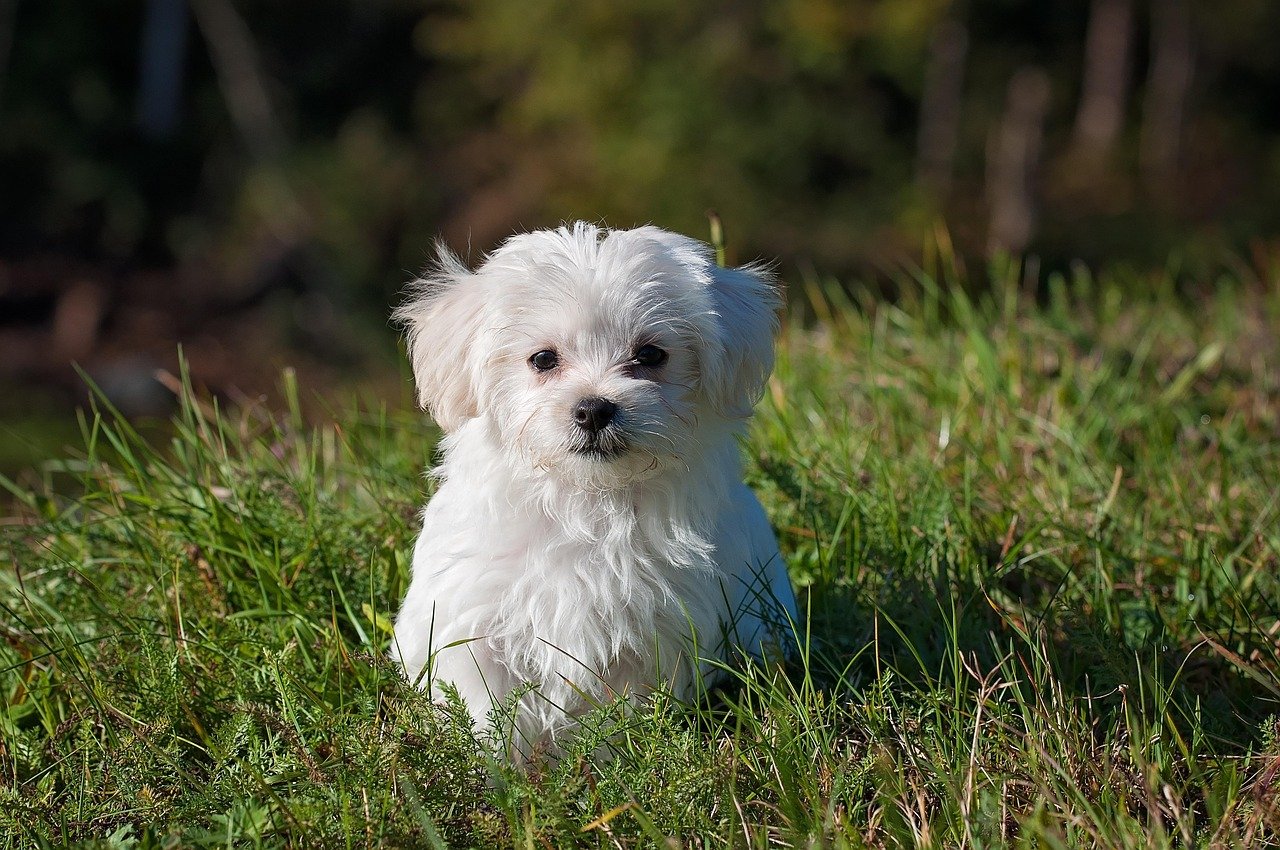
Maltese dogs are like having a beautiful, fluffy dictator who rules through a combination of charm and selective deafness. These dogs have perfected the art of looking innocent while simultaneously plotting their next act of rebellion. Their small size often leads owners to excuse behaviors that would be unacceptable in larger dogs, creating a cycle of inadvertent reinforcement for problematic habits.
What makes Maltese particularly challenging is their tendency to become overly attached to one family member, leading to jealousy and possessive behaviors that complicate training efforts. They’ll obey their chosen person while completely ignoring everyone else in the household. Their intelligence manifests as cunning manipulation rather than eager compliance, making them expert negotiators who always seem to get their way.
Papillon

Papillons are small dogs with the energy levels of much larger breeds compressed into a tiny, elegant package. Their intelligence is both a blessing and a curse, as they quickly learn what you want them to do but also figure out exactly how to avoid doing it when it doesn’t suit their plans. These dogs need mental stimulation constantly, and a bored Papillon becomes a destructive, vocal problem that can drive neighbors to distraction.
The challenge with Papillons lies in their butterfly-like attention spans combined with their terrier-like determination when something captures their interest. They’ll ignore your calls while chasing a butterfly but remember exactly where you hide the treats three months later. Their high intelligence requires owners to stay one step ahead, which is exhausting when you’re dealing with a dog that seems to view training as a game they’re determined to win.
Conclusion

Small dogs might look like living teddy bears, but their personalities often prove that dynamite really does come in small packages. These breeds challenge the assumption that smaller means easier, instead delivering concentrated doses of attitude, intelligence, and independence that can humble even experienced dog owners. Success with these breeds requires understanding that their size doesn’t diminish their need for consistent training, mental stimulation, and firm boundaries.
The key to managing these challenging small breeds lies in respecting their intelligence while refusing to be manipulated by their cuteness. They’re not trying to be difficult – they’re just being true to their breeding and instincts, which often conflict with modern domestic life. With patience, consistency, and a healthy sense of humor, even the most stubborn small dog can become a well-behaved companion.
Remember that behind every challenging behavior is usually an intelligent dog who’s bored, understimulated, or simply doing what comes naturally to their breed. The same traits that make these dogs difficult to control – their intelligence, independence, and strong personalities – are often what makes them such rewarding companions once you figure out how to work with them rather than against them. Who knew something so small could teach us so much about patience?

Esther is from India; the heartbeat of South Asia, holding a Master’s degree in Zoology and a postgraduate diploma in Animal Welfare. Her enthusiasm for animal welfare drives her passion and dedication to working for animals, ensuring their well-being, and advocating for their rights. With a solid academic background and hands-on experience, she is committed to making a positive impact in the field of animal welfare. In her free time, she enjoys embroidery and sewing. As a Chennaite from Tamil Nadu, Esther loves Bharathanatyam, an Indian classical dance form.





